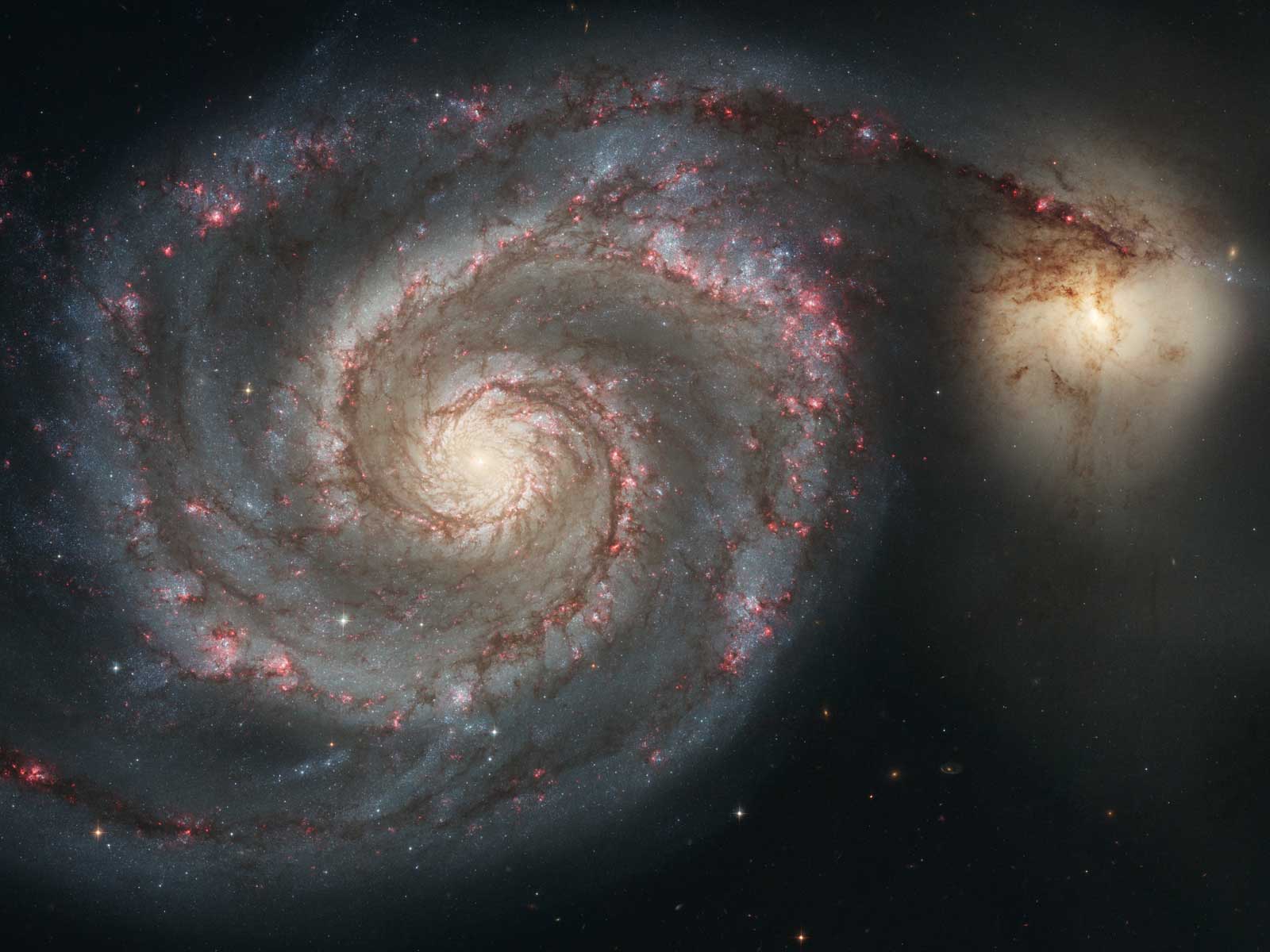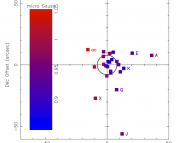 It’s time to hear from another undergrad doing research! For those who don’t remember the undergrad research series: this is where we feature the research that you’re doing. If you’ve missed the previous installments, you can find them under the “Undergraduate Research” category here.
It’s time to hear from another undergrad doing research! For those who don’t remember the undergrad research series: this is where we feature the research that you’re doing. If you’ve missed the previous installments, you can find them under the “Undergraduate Research” category here.
After spending the weekend discussing science communication — more than ever, we want to hear from you! Are you working on an REU? Did you just finish up your senior thesis project? Think you’re up to the challenge of describing your research carefully and clearly to a broad audience? Then send us a summary of it!
You can share what you’re doing by clicking on the “Your Research” tab above (or by clicking here) and using the form provided to submit a brief (fewer than 200 words) write-up of your work. The target audience is one familiar with astrophysics but not necessarily your specific subfield, so write clearly and try to avoid jargon. Feel free to also include either a visual regarding your research or else a photo of yourself!
We look forward to hearing from you!
************
Riley Mayes
Riley is a Loyola University New Orleans Physics student who completed this research at Marshall Space Flight Center under Dr. Bill Cooke and Danielle Moser in the summer of 2012. He is currently in the process of publishing these results.
An analysis of a select, deep penetrating meteor on June 8, 2012 was performed using the meteor analysis tool, METAL, with the goal of producing accurate meteor trajectories and photometric light curves. These results were used to produce velocities, decelerations, and luminous intensities, which enabled the calculation of the meteors’ dynamic and photometric masses. The comparison of these two mass estimates for this meteor permits the adjustment of the optical luminous efficiency, which is a factor describing the fraction of the meteor’s kinetic energy converted into visible light. A better understanding of this quantity, usually assumed around 2%, is essential in providing meteor physicists with reasonably accurate meteor masses. The results I obtained verified that luminous efficiency is around 2%.




